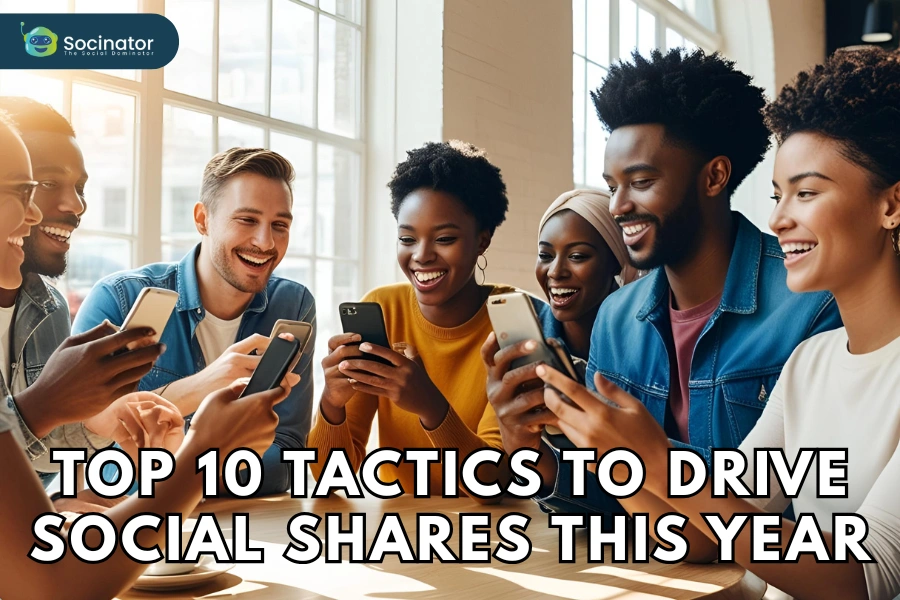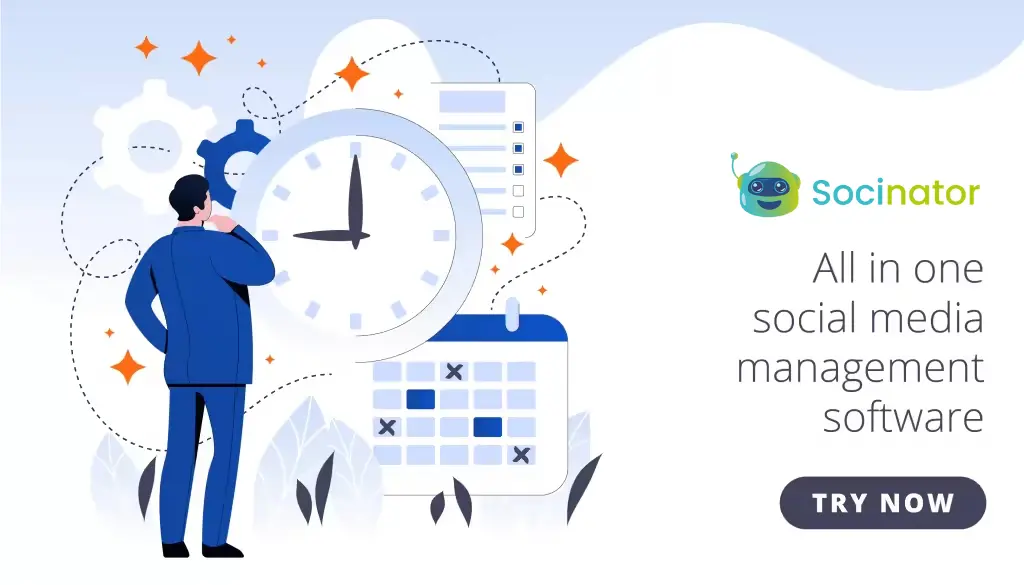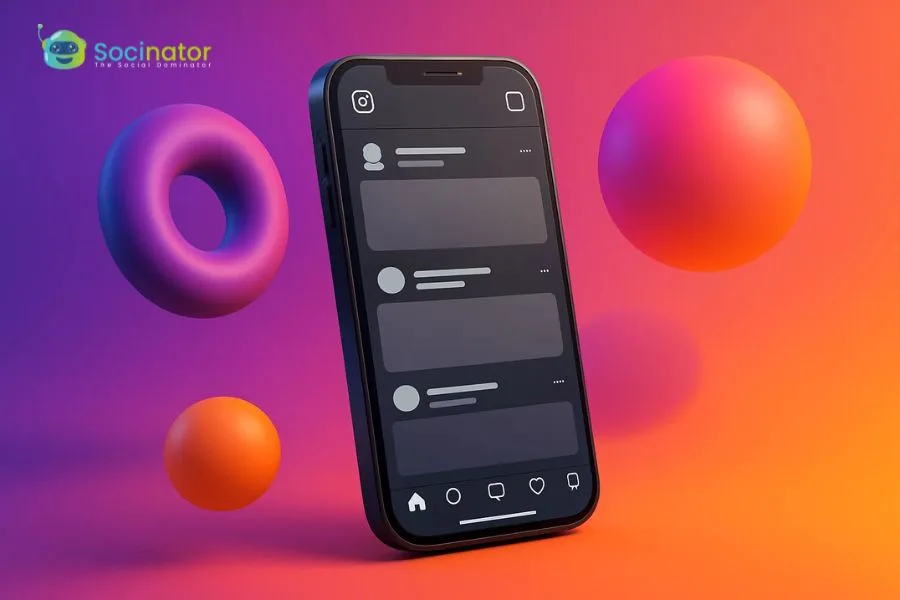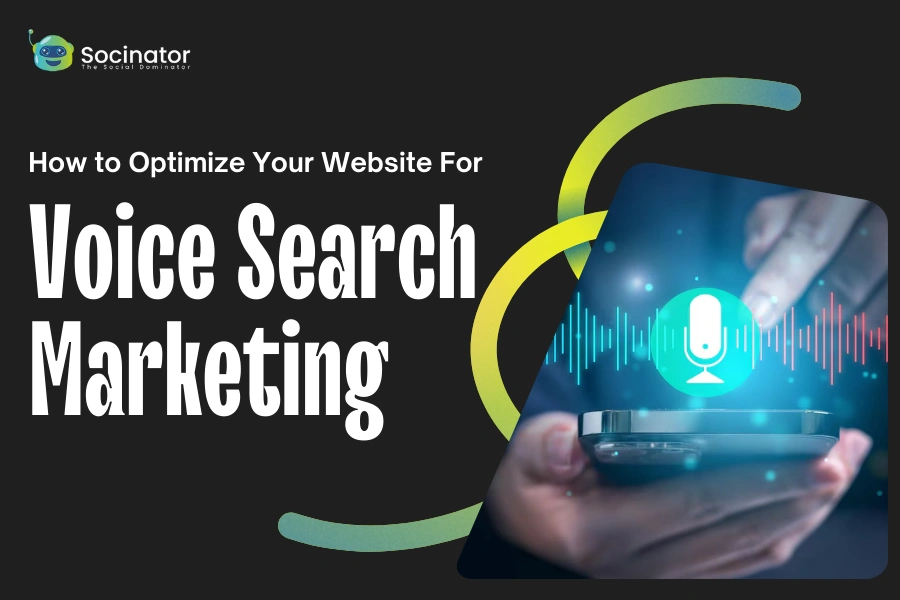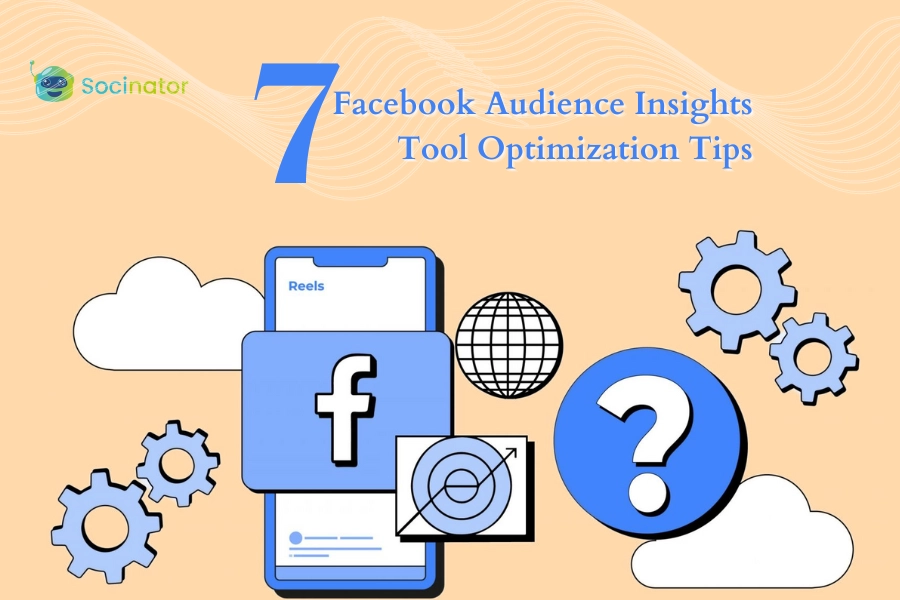You know that feeling when you spend hours working on a piece of content, researching, editing, tweaking every little detail, only to post it and… barely anyone sees it? That’s where social sharing quietly determines its reach.
The truth is that good content is not always enough. If it’s not reaching people, it’s not making an impact. Getting more shares isn’t about going viral or chasing trends. It’s about doing a few small things right—consistently.
In this blog, we are walking through 15 ways to help your content get noticed and shared more often.
These are practical tips, not recycled advice. As we go, we are also sharing some smart tool that makes a big difference, especially when you are managing multiple social accounts and don’t have time to do everything manually.
Listen to the full blog post.
What Is Social Sharing?
 When someone shares your content on their feed or story, that’s a social sharing. It could be a blog post on Facebook, a tweet they retweet, or even a video they pass along via Instagram Stories. On the surface, it’s a click. But behind that click is something far more valuable—trust.
When someone shares your content on their feed or story, that’s a social sharing. It could be a blog post on Facebook, a tweet they retweet, or even a video they pass along via Instagram Stories. On the surface, it’s a click. But behind that click is something far more valuable—trust.
People don’t share just anything. They share content that speaks to them, solves a problem, reflects their values, or helps them look smart, funny, or insightful to their followers. In short, it’s social currency.
That’s why social sharing matters so much. They:
- Widen your reach organically—without spending extra on ads
- Give your content a longer shelf life
- Introduce your brand to new people through peer recommendations
Think of it like this: every sharing social story is a mini-endorsement. It’s someone saying, “This is worth your time.” And when enough people do that, the algorithms start paying attention and boost your visibility even further.
But here’s the catch: people only share what they feel is worth sharing. So, how do you consistently create content that earns that response?
That’s what we’re diving into next.
1. Craft Headlines That Beg to Be Shared
Think about the last time you shared an article. Odds are, the headline did most of the convincing.
Your headline is the first impression. It’s what shows up in search results, on social sharing, and in people’s notifications. If it does not spark interest right away, the rest of your content might never get a chance.
But here’s the deal: great headlines don’t have to be clickbait. They just need to be clear and relevant.
A few things that actually work:
- Numbers: “15 Ways to Boost Social sharing ” performs better than “Ways to Boost Social sharing.”
- Curiosity: Phrases like “no one talks about” or “people often miss” get clicks without being misleading
- Problem-solving: “How to Fix Low Engagement Without Posting More Often”
Keep Reading
20 Unique Social Media Content Ideas When You’re Struck
How To Organically Grow Your Instagram In 2025?
2. Make It Easy To Share (Don’t Make People Work For It)
 Have you ever read an article and thought, “This is awesome! I should share this,”—only to hesitate because you had to go digging around for a share button. Yeah, it’s a common frustration.
Have you ever read an article and thought, “This is awesome! I should share this,”—only to hesitate because you had to go digging around for a share button. Yeah, it’s a common frustration.
If you want people to share your content, make it ridiculously easy for them to do so. The more clicks it takes, the less likely they are to actually follow through.
Here’s what works:
- Clear, visible social sharing buttons: Make sure they are placed in an obvious spot, like at the top and bottom of your post (or even floating on the side of the screen as readers scroll).
- Bright and contrasting colors: If your social sharing buttons blend into the background, people might not even notice them. Make sure they stand out.
- One-click sharing: Plugins like AddThis and ShareThis let users share with a single click. No need to leave the page or open a new tab. The easier it is, the more likely they’ll do it.
The easier you make it for others, the more likely your content will be shared. Keep it simple.
3. Create Content People Want to Share
Here’s a secret: People don’t share content just because it’s “good.” They share it because it resonates with them, teaches them something new, or taps into something meaningful to their world.
Great content is not about self-promotion; it’s about providing value to your audience. You need to give them something they want to share with their network.
What Types Of Content Get Shared The Most?
- Educational content: Guides, how-tos, and tutorials that help solve problems.
- Entertaining content: Funny, quirky, or unexpected things that make people laugh or feel good.
- Visual content: Infographics, memes, and videos tend to get shared more than plain text articles. (Humans are visual creatures!
Pro tip: If you are looking to add more visual elements to your posts, tools like Canva or Piktochart make creating shareable infographics and quote images easy. If you want to take it to the next level, use Socinator to schedule posts with catchy visuals, driving more traffic and engagement without worrying about manually sharing across platforms.
4. Post Content That Triggers An Emotional Reaction
 The scroll never stops. If you want your audience to pause, engage, and maybe even hit that share button, your content needs to make them feel something.
The scroll never stops. If you want your audience to pause, engage, and maybe even hit that share button, your content needs to make them feel something.
Think about the last post you shared. It made you laugh, got you fired up, or struck a nerve. Emotional content stands out because it connects at a deeper level, beyond just facts and features.
Emotions that drive engagement:
- Curiosity – Ask an open-ended question or tease a surprising insight.
- Joy or humor – A clever meme or witty take can go viral in seconds.
- Empathy – Personal stories, behind-the-scenes moments, or relatable challenges build trust and authenticity.
- Anger or disbelief – Controversial opinions or data-backed myths can spark debate, but be careful not to be polarizing just for attention.
A quick example:
Instead of posting, “Our tool helps boost engagement,” try something like:
“Tired of posting content that gets ignored? Here’s how we fixed that—and what happened next.”
See the difference? One reads like a pitch. The other triggers curiosity and hints at a relatable problem.
How Socinator helps:
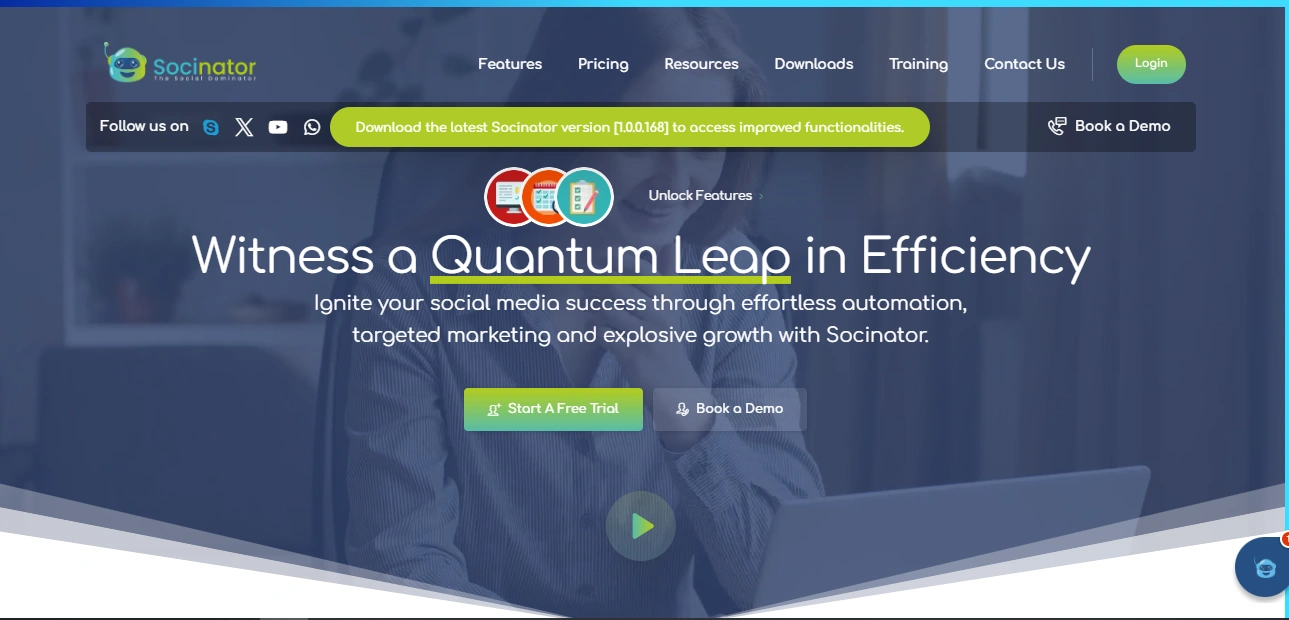 Socinator is social media automation tools that helps you manage multiple accounts more efficiently. Instead of jumping from one platform to another, you can handle everything—posting, engaging, tracking performance—from a single dashboard. It works with popular platforms like Facebook, Instagram, Twitter, LinkedIn, Pinterest, YouTube, and even Reddit and Quora.
Socinator is social media automation tools that helps you manage multiple accounts more efficiently. Instead of jumping from one platform to another, you can handle everything—posting, engaging, tracking performance—from a single dashboard. It works with popular platforms like Facebook, Instagram, Twitter, LinkedIn, Pinterest, YouTube, and even Reddit and Quora.
With Socinator, you can schedule content at peak times, run A/B tests on post captions, and even monitor audience responses across platforms. It’s not just about what you post, it’s about posting the right emotion at the right time.
5. Use Data To Decide What’s Working (And What’s Not)
 You can post daily, follow trends, and use the right hashtags—but if you are not looking at the numbers, you are essentially flying blind.
You can post daily, follow trends, and use the right hashtags—but if you are not looking at the numbers, you are essentially flying blind.
What sets effective social media managers apart isn’t volume—it’s precision. The ability to spot what resonates with your audience and double down on it. That means keeping an eye on metrics that matter: engagement rate, link clicks, conversions, and post timing. Not every piece of content needs to go viral, but it should serve a clear purpose.
Instead of manually combing through platform insights, socinator helps you spot social trends, compare performance across different post formats, and identify patterns you might overlook. That way, you can shift from reactive posting to proactive planning.
For instance, maybe your short-form videos perform best on Thursdays, while text-based posts get more traction early in the week. Once you have that kind of clarity, it becomes much easier to build a content calendar that isn’t just consistent but effective.
6. Optimize For Each Platform
Not all social media sharing tools are created equal. Each has its own culture, preferred content types, and best methods. To maximize your social sharing efforts, it’s essential to tailor your strategy to fit the unique characteristics of each platform.
On Twitter, short and snappy content with relevant hashtags works best. Instagram thrives on visually appealing posts—think high-quality images and well-designed carousels. LinkedIn, on the other hand, is great for long-form articles, thought leadership pieces, and professional insights. Tailoring your content to match the platform’s strengths ensures better engagement and a more natural connection with your audience.
When you treat each platform with the respect it deserves, you will see a significant boost in both engagement and social sharing.
7. Measure & Adjust Your Strategy
No strategy is set in stone, especially when it comes to social media. What works today may not work tomorrow, which is why consistent tracking and adjustments are essential.
Use the analytics provided by each platform to monitor your content’s performance—track engagement rates, shares, comments, and click-throughs. Are certain types of posts getting more traction? Is there a particular time of day that results in higher engagement?
By analyzing these insights, you can refine your strategy, focusing more on the content types, timing, and tactics that deliver results. Don’t be afraid to experiment. A/B testing, for instance, can help determine which headlines or images get more attention.
The goal is to create a feedback loop where your strategy continuously improves based on actual data, rather than assumptions.
8. Maintain Consistency
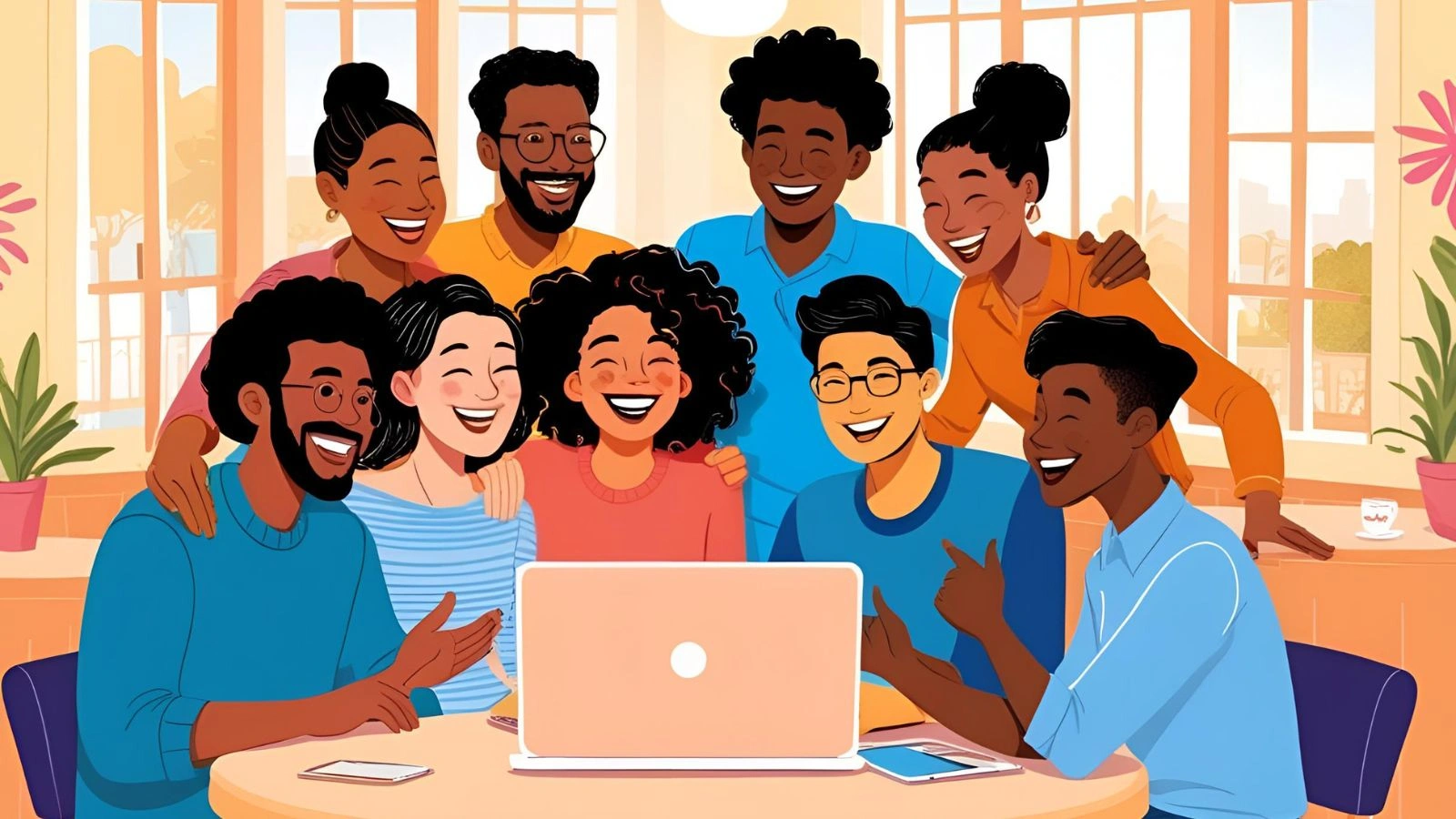 Consistency is key to building a strong social sharing presence. Posting sporadically or leaving long gaps between updates can cause your audience to lose interest or forget about you. A steady stream of quality content keeps your brand top of mind and helps you establish credibility.
Consistency is key to building a strong social sharing presence. Posting sporadically or leaving long gaps between updates can cause your audience to lose interest or forget about you. A steady stream of quality content keeps your brand top of mind and helps you establish credibility.
But consistency does not just apply to how often you post. It’s also about the tone, style, and message across your platforms. Your audience should instantly recognize your posts and feel a sense of familiarity. Whether it’s your voice, your visuals, or your themes, maintain a cohesive approach that aligns with your brand identity.
Tools like Socinator can help streamline your content calendar, allowing you to schedule posts in advance and ensure your social sharing stays consistent without the need to be online 24/7.
With a consistent presence, you will create a reliable connection with your audience, making them more likely to engage and share your content.
9. Keep A Positive Tone
Social media is a space where positivity often goes a long way. People are more likely to share content that makes them feel good, inspired, or entertained. In fact, studies show that positive content tends to perform better across platforms compared to negative or neutral content.
When you maintain an upbeat tone and share encouraging, informative, or amusing posts, you create an atmosphere that encourages engagement and sharing.
Remember, while it’s okay to address challenges or hardships, always find a way to do so constructively. Aim to uplift and inspire, rather than drag down or discourage. A positive message will help you build a stronger, more engaged online community.
10. Engage With Your Audience
Engagement is a two-way street. While it’s essential to produce shareable content, it’s just as important to interact with your audience when they share, comment, or ask questions.
Social sharing is all about conversation and community. When people see that you actively respond to comments or acknowledge shares, they feel valued and more likely to engage with your content in the future.
Make it a point to reply to comments, thank users for sharing, or join conversations around your posts. Show that you are not just broadcasting content but building a relationship with your audience. This personal connection encourages trust and loyalty, increasing the likelihood of social sharing and interactions.
Incorporating engagement into your strategy is not just about building relationships; it also helps improve visibility. The more you engage with your audience, the more likely your posts are to appear in their feed, further boosting your chances of social sharing.
Conclusion
To wrap things up, boosting your content’s social sharing is not about chasing trends or hoping for a fluke, it’s about putting in consistent effort to create valuable, engaging content that people want to share.
Whether it’s crafting irresistible headlines, making sharing effortless, or posting content that sparks an emotional reaction, every little step counts. The key is to stay relevant, stay engaged, and always focus on delivering value.
With the right social media management software, like Socinator, you can streamline the process, optimize your social media strategy, and make the most of your time. Stick with these tips, and you will see your content getting the attention and the shares it deserves.
Frequently Asked Questions (FAQ)
- What’s the difference between reach and social shares?
Reach refers to how many people see your content, while social sharing is when people actively repost or redistribute it on their own profiles. Shares amplify your reach, but reach doesn’t guarantee shares. Ideally, you want both working together.
- How often should I ask people to share my content?
Explicitly asking for shares should be done sparingly and naturally—once per post is plenty. Instead of saying “Please share,” give them a reason: “If this helped you, feel free to pass it on.” Focus on making your content valuable enough that people want to share it without being prompted.
- Does the time of day affect how likely my content is to be shared?
Yes, timing plays a critical role. While each platform has its sweet spot (e.g., Twitter engagement tends to spike around lunchtime), the key is to track your audience’s active hours. Tools like Socinator help automate posts during these optimal windows, increasing your shareability.

